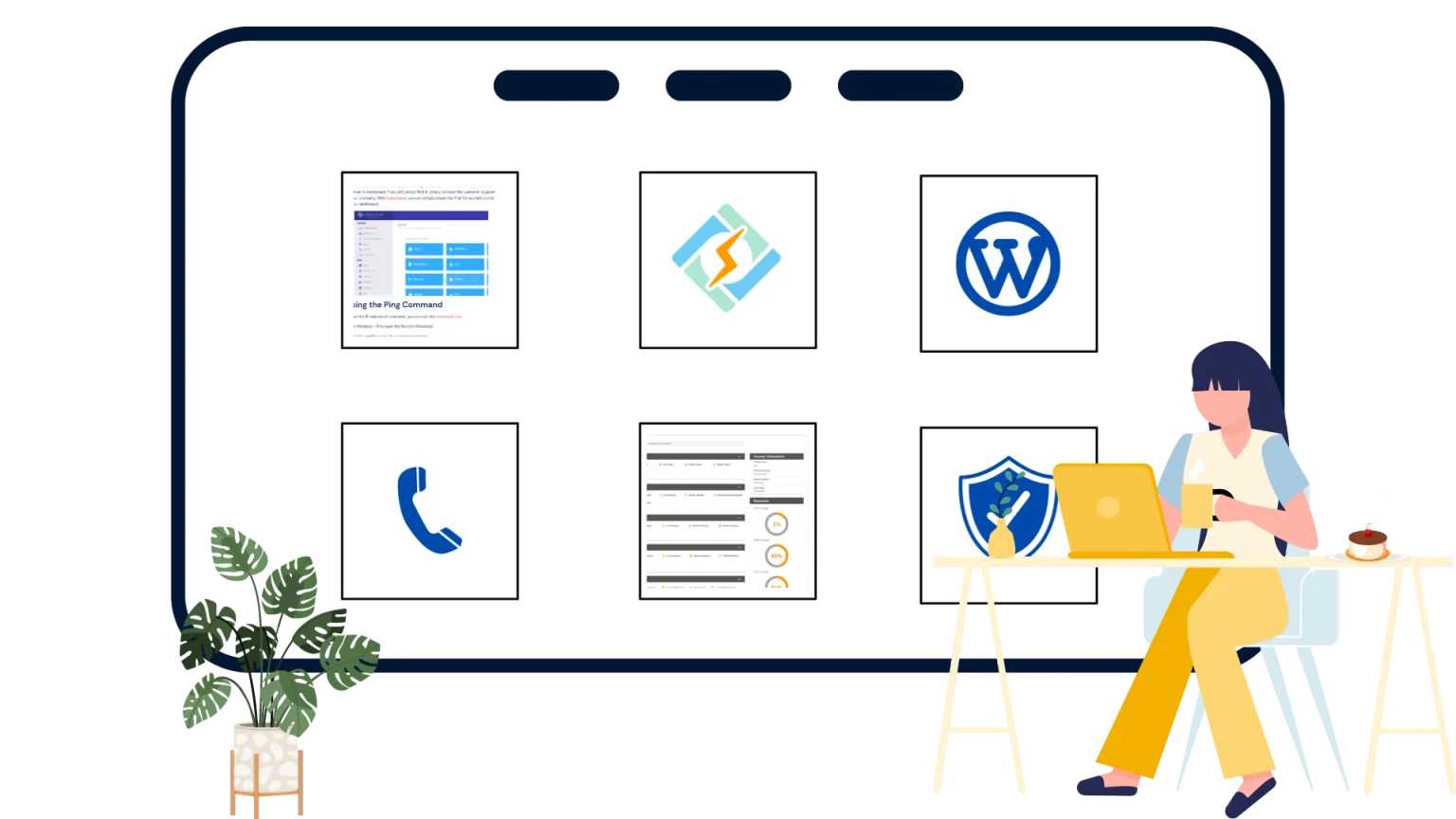Remote proctoring has become an essential solution for maintaining academic integrity in online learning environments. As educational institutions and businesses transition to virtual platforms, remote proctoring ensures that assessments are conducted fairly and securely. With its rise in popularity, however, new challenges and concerns have also emerged.
While remote proctoring plays a significant role in modern education, its implementation is not without controversy. Privacy concerns and technical difficulties are two of the most frequently raised issues by both students and educators. Balancing the need for secure exam environments with respect for students’ privacy has become a significant debate.
The increasing reliance on remote proctoring tools like ProctorEdu highlights both their advantages and the pressing challenges they present. From data security risks to the limitations of AI technology, the conversation surrounding remote proctoring is complex. In this article, we will explore these challenges in detail, focusing on privacy concerns and technical issues that continue to affect the use of remote proctoring.
Understanding Remote Proctoring
Remote proctoring refers to the practice of using technology to monitor students during online exams to prevent cheating and uphold academic standards. The concept has evolved significantly over the past decade, with various platforms offering advanced features such as real-time monitoring, screen sharing, and automated alerts for suspicious behavior.
There are several types of remote proctoring available today. These include AI-based proctoring, which relies on artificial intelligence to detect unusual activity; live proctoring, where a human invigilator watches the candidate via video; and recorded proctoring, which involves reviewing exam footage after the test. Each method has its pros and cons, but they all share common challenges related to privacy and technical capabilities.
Privacy Concerns in Remote Proctoring
One of the most significant challenges facing remote proctoring is the issue of privacy. Students often feel uncomfortable with the level of surveillance required during exams, which can involve webcam monitoring, microphone activation, and even tracking of eye movements. This invasion of privacy has led to debates about whether such measures are justified.
Get exclusive access to all things tech-savvy, and be the first to receive
the latest updates directly in your inbox.
Data Collection and Storage are central to these privacy concerns. Remote proctoring tools gather a substantial amount of personal data, including images, videos, audio recordings, and keystroke patterns. Questions arise about how securely this data is stored, who has access to it, and how long it will be kept. The potential misuse of sensitive information is a real worry for test-takers.
Data Security Risks are another major concern, especially in the wake of growing cyber threats and data breaches. With the increasing reliance on digital platforms, there is always a risk that the data collected during proctored exams could be compromised. Legal issues also come into play, as institutions must ensure that their practices comply with data protection regulations like the General Data Protection Regulation (GDPR) or the California Consumer Privacy Act (CCPA).
Technical Issues in Remote Proctoring
Remote proctoring also presents several technical challenges that can disrupt the testing process and frustrate both students and administrators. One primary issue is the Software and Hardware Requirements needed to run these proctoring tools smoothly. Students without access to high-speed internet or the latest devices may experience lag, freezing, or disconnections during their exams, affecting their performance.
System Glitches and AI Limitations are also significant barriers to effective remote proctoring. Even with advancements in artificial intelligence, these systems are not flawless. AI algorithms may falsely flag innocent behavior as suspicious or fail to detect actual cheating, leading to unfair outcomes. Additionally, technical glitches such as software crashes or synchronization issues can compromise the examination’s integrity.
Accessibility Concerns are another aspect that cannot be overlooked. Remote proctoring systems often fail to account for students with disabilities or those who require special accommodations. Without proper inclusivity measures, these individuals may face additional difficulties in taking their exams, leading to an unequal testing environment.
Balancing Privacy and Security in Remote Proctoring
To address these challenges, institutions and developers need to find a balance between security measures and respect for privacy. Implementing strict Data Protection Policies can help mitigate privacy concerns. By being transparent about data usage, storage, and deletion practices, remote proctoring providers can build trust with their users.
Enhancing the Technical Infrastructure of these systems is also crucial. Educational institutions must invest in reliable technology to reduce technical issues and ensure a seamless testing experience for students. Providing accessible support and resources can also improve user satisfaction and address many of the current technical challenges.
The Future of Remote Proctoring
The future of remote proctoring lies in continuous innovation and adaptation to meet evolving needs. Emerging trends suggest a focus on more sophisticated AI technologies that can better distinguish between genuine and suspicious behaviors. There is also a growing emphasis on developing solutions that prioritize both security and user privacy.
As remote proctoring technology advances, the goal will be to create a more balanced approach that addresses privacy concerns without compromising the integrity of online assessments. Collaboration between educational institutions, technology developers, and policymakers will be essential to shaping the future of remote proctoring.
Conclusion
Remote proctoring has become a vital tool for maintaining the integrity of online assessments, but it comes with its own set of challenges. Privacy concerns and technical issues remain significant obstacles that need to be addressed to ensure a fair and secure examination environment. By focusing on data protection and technological improvements, the industry can work toward creating a solution that is both effective and respectful of users’ rights.



